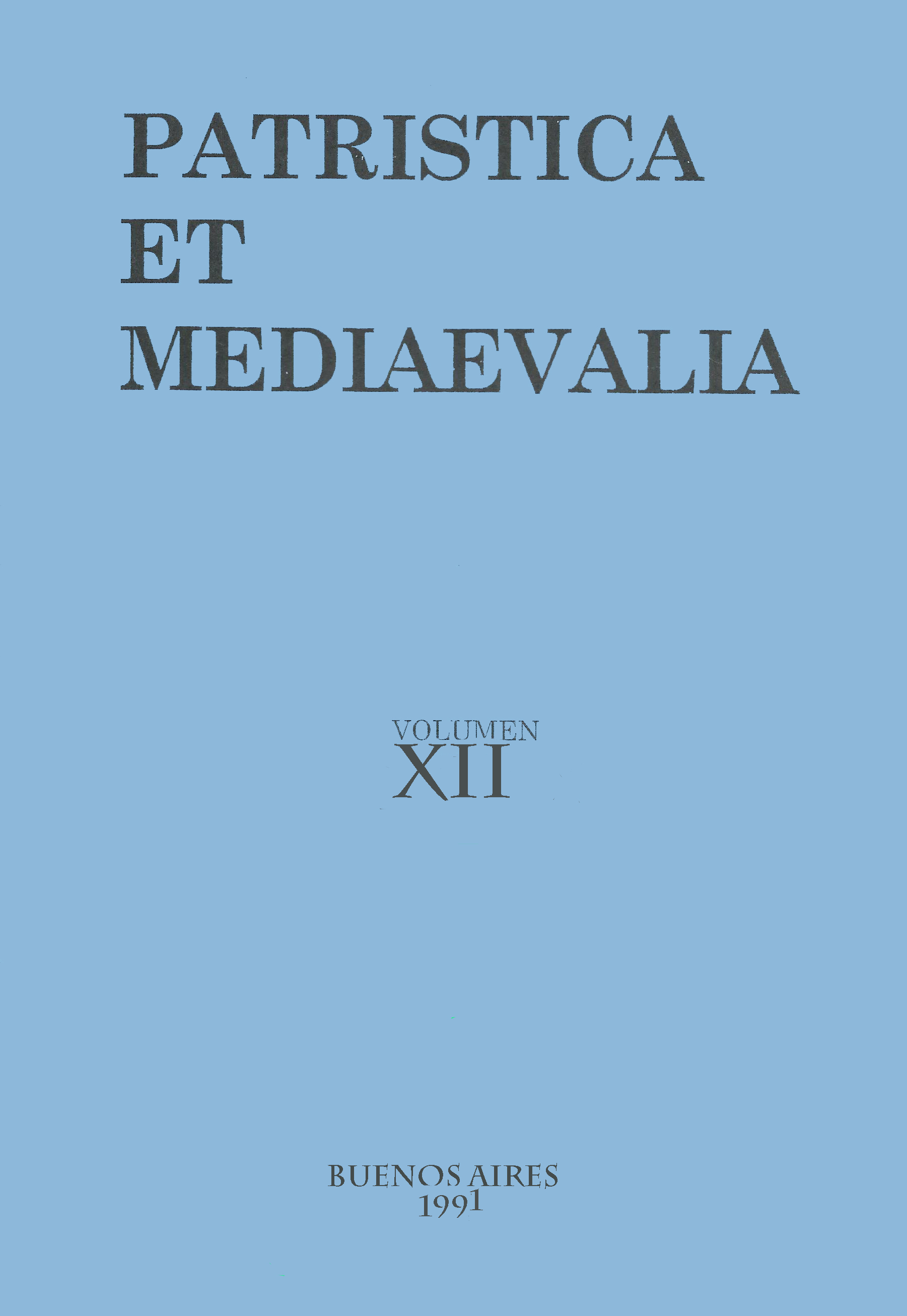Nicholas of Cuse, “De mente”: the Broadening of the Man-Image Doctrine
Abstract
Within the framework of the formulation of the Docta Ignorancia, the third dialogue of the Idiota presents a profuse speculation on the human mens. This treatise begins with the analysis of the word “mens” characterized as a “measure” of the totality of reality. This determines the place of man in the cosmos; Nicholas of Cuse emphasizes both its intermediate nature and its condition of universal mediation. The mens, the only image of God –everything else is explicatio dei– shares with the absolute infinite some of its attributes: complicative capacity and creative power. But, while God is “complicatio absoluta” and his life or force is “entitativa”, the human spirit “complicates” humaniter and has a formative or assimilative way. The question “man, image of God” has many original consequences in Nicolas de Cusa: by giving meaning to the world created by God, the human mens becomes secundus deus. Taking into account the considerations of the De Mente on this subject, this article admits the “modern” Cusanus elite but highlights, above all, its profoundly medieval roots.Downloads
1. The authors who publish in this magazine accept the following conditions:
-
They retain the copyright and grant to the magazine the right of the first publication, with the work registered under the Attribution-ShareAlike 4.0 International License that allows third parties to use what is published as long as they mention the authorship of the work and the first publication in this magazine.
-
They can make other independent and additional contractual agreements for the non-exclusive distribution of the version of the article published in this magazine (eg. include it in an institutional repository or publish it in a book) provided that they clearly indicate that the work was first published in this journal.
-
They are allowed and recommended to publish their work on the Internet (for example on institutional or personal pages).
2. AutoArchive Conditions. Authors are allowed and encouraged to distribute post-print electronic versions of their manuscripts because it promotes their circulation, a possible increase of quotation and a major reach among the Academic community. Color RoMEO: blue.













